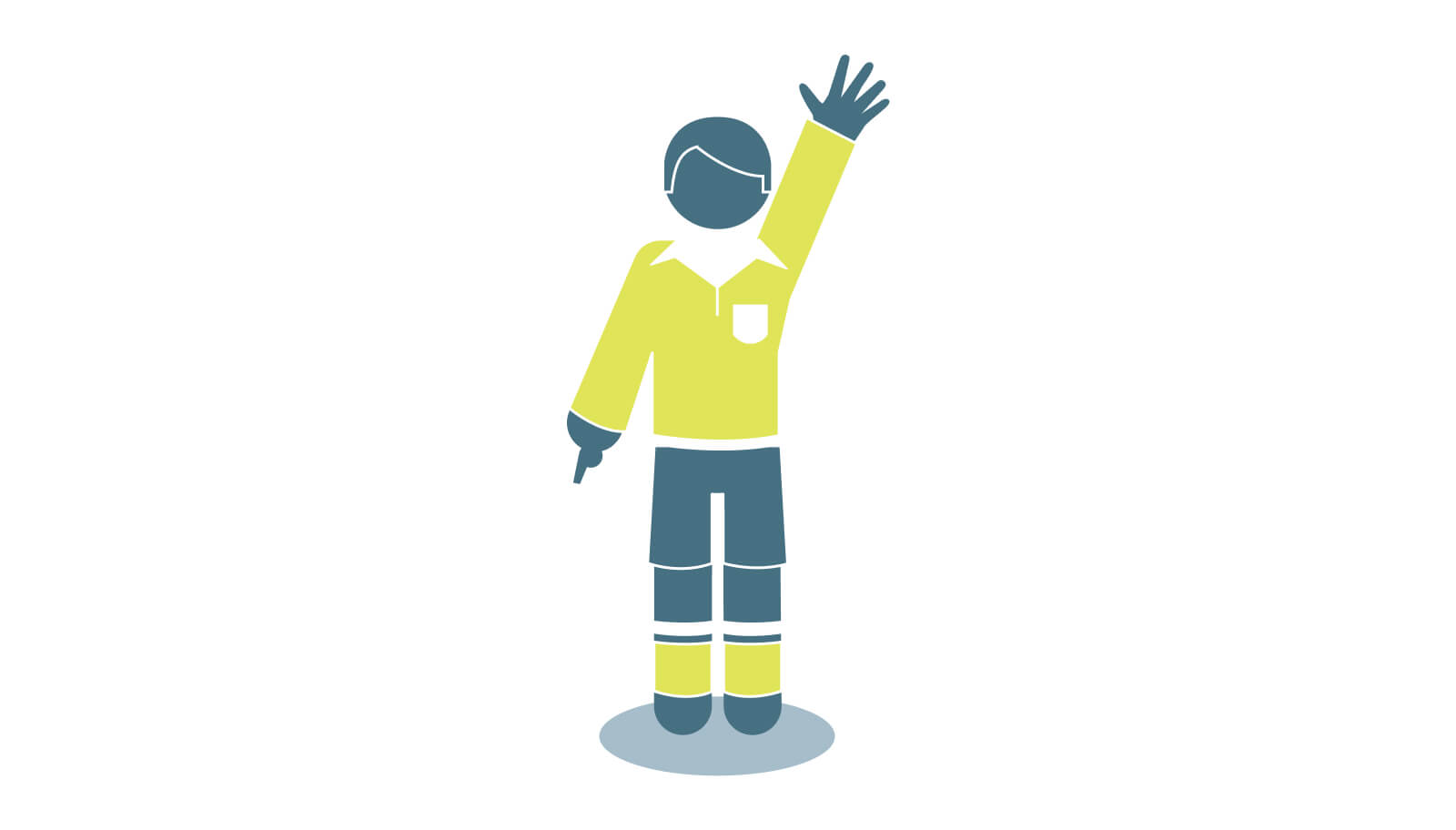Law changes 25/26
Full presentation
Individual Law changes
Law 3. The Players
- Competitions have the option of implementing the ‘Only the captain’ guidelines
Law 5. The Referee
- Signal to be used by referees to count down the last five seconds of the eight-second restriction on goalkeepers controlling the ball with their hand(s)/arm(s)
Law 8. The Start and Restart of Play – Dropped ball
- If, when play was stopped, the ball was:
- inside the penalty area – the ball is dropped for the defending team goalkeeper in their penalty area
- outside the penalty area – the ball is dropped for a player of the team that has or would have gained possession if this is clear to the referee; otherwise, it is dropped for a player of the team that last touched it. The ball is dropped at its position when play was stopped
Law 9. The Ball in and out of Play
- Indirect free kick and no disciplinary sanction when a team official, substitute, substituted or sent-off player or player who is temporarily off the field of play touches the ball as it is leaving the field of play and there is no intention to interfere unfairly
Law 11. Offside
- When the goalkeeper throws the ball, the last point of contact should be used for the purpose of determining an offside position
Law 12. Fouls and Misconduct
- A goalkeeper who controls the ball with their hand(s)/arm(s) for more than eight seconds will be penalised, with a corner kick being awarded to the other team
Law 16. The Goal Kick
- Reference to other Laws detailing situations which result in a goal kick
Law 17. The Corner Kick
- Reference to other Laws detailing situations which result in a corner kick
- Kick to be taken from the corner area nearest to the goalkeeper’s position when penalised
Video assistant referee (VAR) protocol
- Competitions have the option for the referee to make an announcement after a VAR ‘review’ or lengthy VAR ‘check’
 Countdown for the last five seconds of the eight-second restriction on goalkeepers controlling the ball with their hand(s)/arm(s)
Countdown for the last five seconds of the eight-second restriction on goalkeepers controlling the ball with their hand(s)/arm(s)